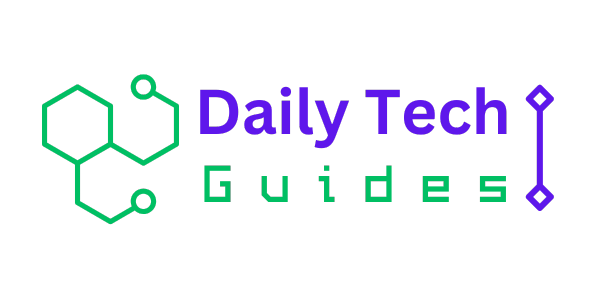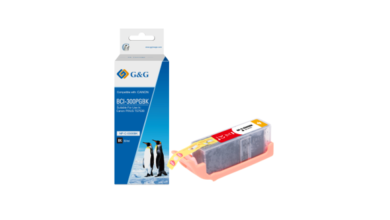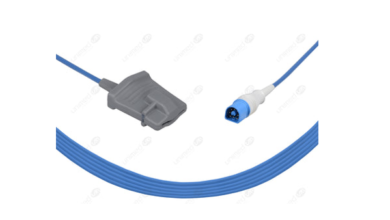NSE Option Chain Analysis: Decoding Implied Volatility and Its Role in Trading

Option chain analysis is a crucial aspect of trading in the National Stock Exchange (NSE). Within the option chain, implied volatility (IV) plays a significant role in understanding market expectations and making informed trading decisions. In this article, we will delve into the concept of implied volatility and its role in NSE option chain analysis. Conclusion
Options Greeks are indispensable tools for navigating the NSE Option Chain effectively. By understanding and applying these measures, traders can gain a deeper understanding of option pricing dynamics, refine trading strategies, manage risk effectively, and make informed decisions that align with their financial goals and risk tolerance. Check what is demat?
Implied volatility is a measure of the market’s expectations regarding the future price movements of an underlying asset. It is derived from the prices of options contracts and reflects the level of uncertainty or risk perceived by market participants. High implied volatility suggests a greater expectation of price fluctuations, while low implied volatility indicates a more stable market outlook.
Interpretation of Implied Volatility: Implied volatility provides valuable insights into market sentiment and can be interpreted in different ways. When implied volatility is high, it suggests that market participants anticipate significant price movements in the underlying asset. This may be due to upcoming news announcements, earnings reports, or geopolitical events. Conversely, low implied volatility indicates a more subdued expectation of price fluctuations. Traders can use this information to gauge the market’s sentiment and adjust their trading strategies accordingly. Check what is demat?
Impact on Option Prices: Implied volatility has a direct impact on option prices. As implied volatility increases, option premiums rise, reflecting the higher expected price fluctuations. Conversely, when implied volatility decreases, option premiums decline. Understanding this relationship is crucial in option chain analysis as it helps traders assess the relative value of options contracts. Traders can compare the current implied volatility to historical levels to identify potential mispriced options and determine if options are overpriced or underpriced. Check what is demat?
IV Rank and Percentile: IV rank and IV percentile are two commonly used measures to gauge the level of implied volatility. IV rank compares the current implied volatility to its range over a specified period, such as the past year. It helps traders understand where the current implied volatility stands relative to its historical levels. IV percentile, on the other hand, compares the current implied volatility to its historical distribution. It provides insights into whether implied volatility is currently high or low compared to its historical range. These metrics help traders identify potential opportunities and make more informed trading decisions. Check what is demat?
Trading Strategies Based on Implied Volatility: Implied volatility can be used as a basis for various trading strategies. When implied volatility is high, traders may consider strategies such as buying options to take advantage of potential price movements or selling options to generate income through time decay. When implied volatility is low, traders may consider strategies like selling options to benefit from time decay or employing strategies that benefit from a decrease in volatility, such as iron condors or butterfly spreads. Understanding the relationship between implied volatility and option prices is crucial for implementing these strategies effectively. Check what is demat?





